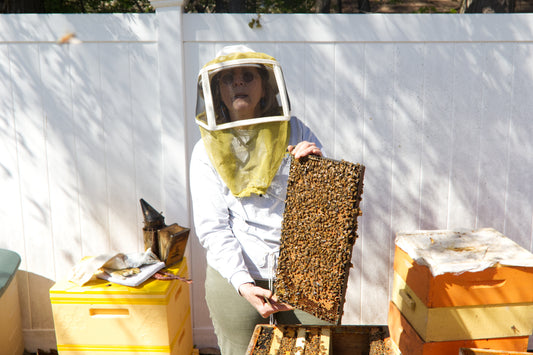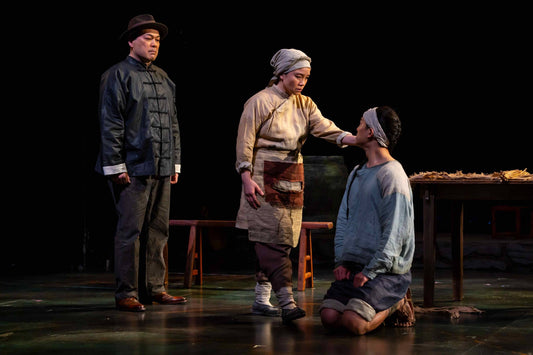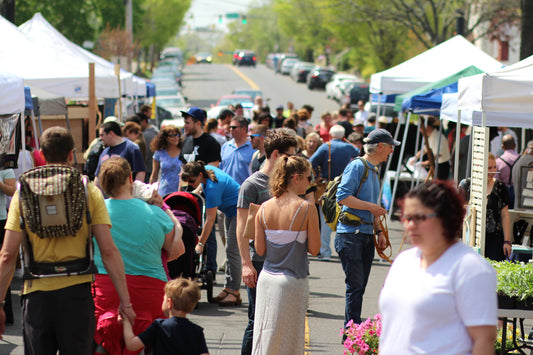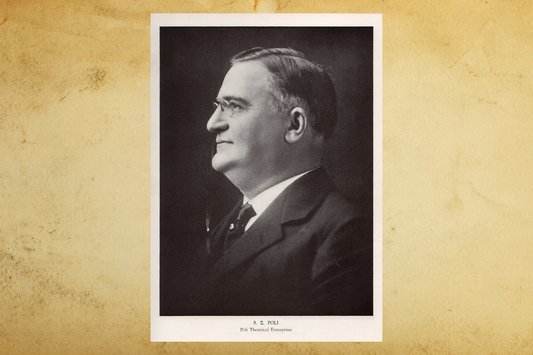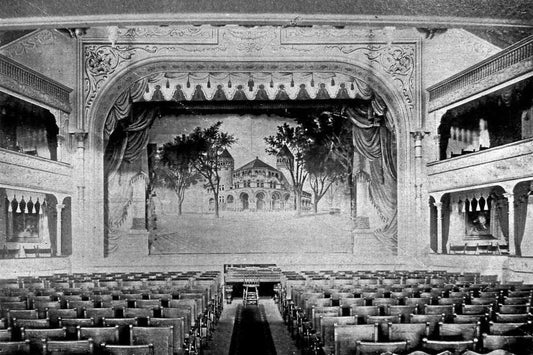Early in our conversation, Roya Hakakian and I determine that we’re the same age, born a few months apart. Any similarity in our childhoods ends there. I remember, as a young teenager in New York State, watching on the news as a revolution exploded in her native Iran. In her memoir of that time, Journey from the Land of No (2004), Hakakian writes:
What did I understand of the revolution? Nothing I could put into words. But I recognized it when I saw it. It was in the air. And I breathed it. It was in every new sound, and every old sound that had died. Within weeks, Tehran seemed to have matured by years. Even drunkards stopped ranting about their personal misery. Neighbors did not fight. Cars honked constantly, but not in gridlock, only to announce the advance of the uprising, or the fall of another barracks. Helicopters whirred incessantly. Vendors did not sing. With every footstep came the sound of glass breaking into smithereens.
Today, Hakakian lives in a comfortable Woodbridge home where the greatest threat is the encroaching woods. Twice, trees have fallen on the house. She has never returned to Iran—she can’t—and her teenage sons have never seen her homeland, though they speak fluent Persian. Hakakian is an American now. But she understands, in a way the native-born do not, what it means to be a newcomer to this country.
sponsored by
She shares that experience in her new book, A Beginner’s Guide to America (2021). Though the book is subtitled “for the immigrant and the curious,” its primary audience is Americans born here. Hakakian “wanted to reveal America to native-born Americans, who seemed to be not really recognizing why this country was important and what were the immense values that were so inherent in the system.” Democracy and freedom are baked in so completely that many native-born Americans “probably failed to see anymore
The book’s device—addressing newcomers in order to allow those born here to eavesdrop—works surprisingly well, perhaps because, as Hakakian writes, “Americans lead with ‘I.’” What American wouldn’t be interested in learning more about themselves? This may seem like a criticism, until it’s put in the context of the immigrant or refugee. “You, on the other hand, had to dodge the censors and other bureaucrats all your life,” Hakakian writes, addressing her purported readers. “You worked hard to master the art of disguise, hiding your feelings and intentions.”
The impetus for A Beginner’s Guide was the polarizing 2016 election and the Trump presidency, during which it was possible for Hakakian to imagine, for the first time in her American life, that she could be stripped of her rights as a citizen. “There was a point at which he started saying, ‘Oh, maybe we should revoke the naturalization of some of these people who came from these countries that I have banned now,’” she recalls. “I sat down and I actually did panic. And I’m not the panicking type.” Hakakian is able to laugh about that moment of crisis today, labeling it “an exception in the years that I’ve been here.” But what she and her family endured to become Americans is sobering.
Hakakian’s journey to the US with her mother began by bribing an official for visas to Zurich. From there, they went to Geneva and finally to Austria, where the American embassy was set up to process the flood of immigration requests from Iranians. For nine months, Hakakian and her mother lived in a small apartment with 12 other women, sharing meals and even experiences so closely that, in hindsight, Hakakian says she isn’t even sure which memories are her own.
The pair finally arrived in New York City in 1985, but accepting their new situation took time. “Grief is so big that it gets in the way of seeing other things, feeling other things, attempting to know other things that are around you,” Hakakian says. “I came with so much of it because I really had not wanted to leave Iran. It was terrible. This is so much better. That doesn’t mean that we always want to leave the terrible things that are our lot.” At the same time as she was grieving the loss of her home and being separated from family, Hakakian had to acquire a new language and new skills. Her father would be unable to follow for another four years. As an Iranian Jew, he was unable to get his passport renewed. Eventually, he was smuggled over the border into Pakistan and from there to the United States to join his family.
Before she ever wrote a word in English, Hakakian was a Persian poet, like her father, Haghnazar Hakakian. Her published poems in Persian earned her a seat in Allen Ginsberg’s creative writing class at Brooklyn College. “He couldn’t read those poems, but it also didn’t matter because he wanted to understand that I was serious enough, which I had proven,” Hakakian recalls. “It was a sort of acceptance.”
After earning a social work degree at Southern Connecticut State University, Hakakian headed straight back to New York City, where she eventually worked as an associate producer for CBS’s 60 Minutes and a documentary filmmaker. She returned to New Haven with her husband, Ramin Ahmadi, an internist who teaches at Yale School of Medicine. In addition to writing and giving public lectures, Hakakian is a founding member of the Iran Human Rights Documentation Center, and her commentary has appeared in major news outlets including The New York Times, the Wall Street Journal and National Public Radio.
A Beginner’s Guide is her third book in English—the end of a trilogy of sorts, though she hadn’t planned it that way. Following the publication of Journey from the Land of No, she was advised to write a sequel, but she declined. “I didn’t want to just be a person who wrote in the first person about herself for the rest of her life,” she says. Instead, she followed with a reportorial book, Assassins of the Turquoise Palace (2011), about the 1992 Mykonos restaurant assassinations in Berlin, in which four Kurdish and Iranian activists died—a story she considers part of the Iranian diaspora in Europe. A Beginner’s Guide lands, finally, in America.
And yet, Iran is always with her. It’s in the Persian tea Hakakian serves in tall glasses and the unfinished painting above her fireplace, a composite of scenes from Tehran. “The journey to America hollowed you out, but has it filled you up, too?” she writes in A Beginner’s Guide. “Inside, there is a gnawing that you cannot articulate. Anything you might say to describe it will sound strange, like: The ground on which I once stood is now askew. Puzzling, but true.”
The book attempts to do the same for everyone born American—to tip our understanding of this country and knock us just a little bit off balance.
Roya Hakakian
Where to Buy: RJ Julia | Bookshop | Barnes & Noble | Amazon
www.royahakakian.com
Written and photographed by Kathy Leonard Czepiel.



